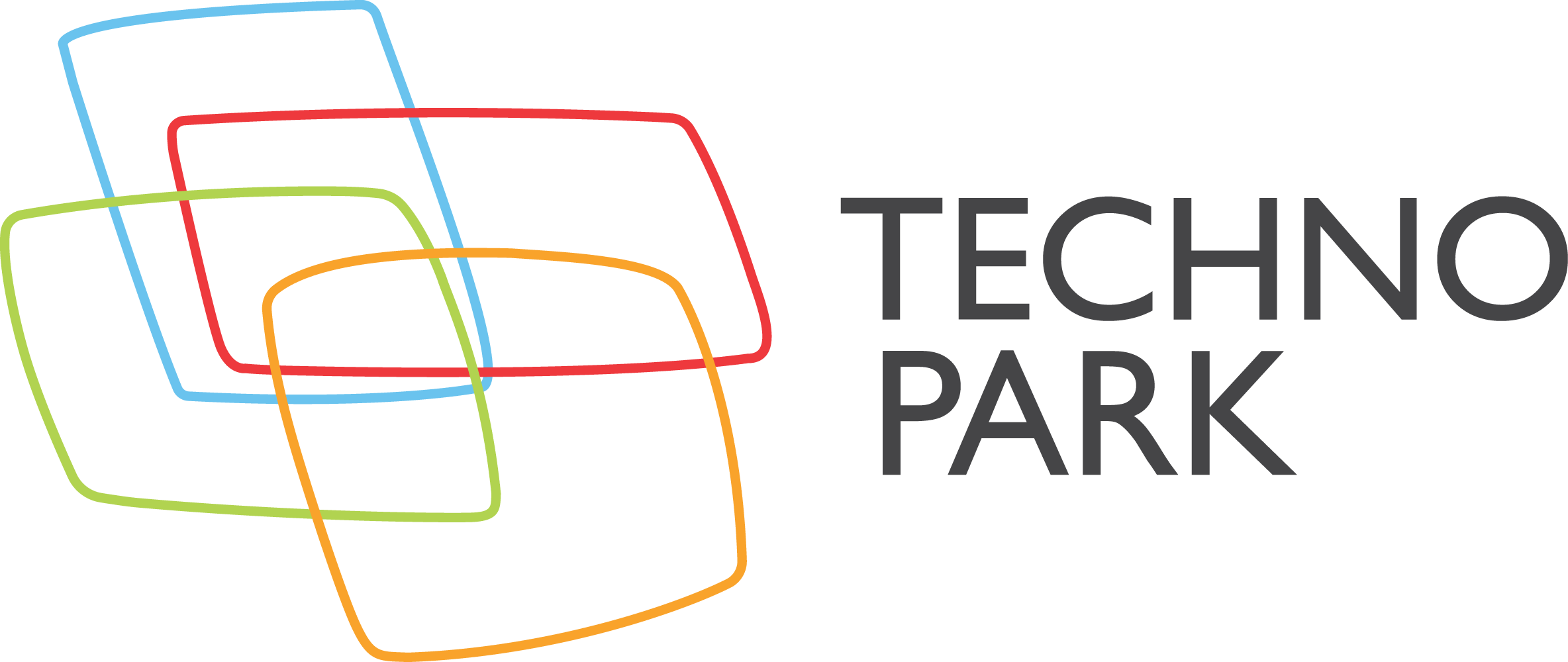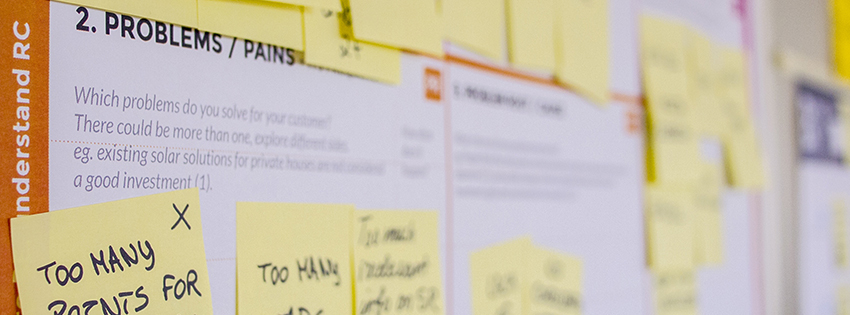When design principles are applied to strategy, the success rate for innovation dramatically improves. What is Design Thinking and how can it be used to cultivate valuable consumer experiences?
Design Gives Competitive Advantage
According to a 2015 assessment by the Design Management Institute, design-led companies such as Apple, Coca-Cola, IBM, Nike, Procter & Gamble and Whirlpool have outperformed the S&P 500 over the past 10 years.
What has given these global industry leaders their competitive advantage?
The answer, according to the author of Design and Business, Roger Martin, lies in “their ability to engage in the task of continuously redesigning their business…to create advances in both innovation and efficiency”. What these companies have in common is that they have pushed design beyond the mere making of objects. They have learned how to think like designers, and applied design principles to their workplace, strategy development and organisational change.
So what is design thinking and how can it be applied to your business? To find out more, we spoke to Carla Pietersen, founder of the Techno Park based co-working space, WorkShack, and active business consultant in the area of design thinking.
What is Design Thinking?
Carla Pietersen describes design thinking as “an approach that uses design tools and methods for creative problem-solving”. At its core, this innovative approach is human-centric. In other words, it advocates focusing on the people for whom a business solution is being created and the human need behind it. In order to create the ideal solution, design thinking integrates human desirability with that which is technologically feasible and economically viable.
Building on the Stanford University-based Hasso Plattner Institute’s conceptualization of design thinking, Pietersen outlines the following five key phases that make up this “non-sequential and iterative process”:
1. Empathize: set aside your own biases and gain an empathetic understanding of the problem that you are attempting to solve in order to understand the users’ and their needs. Typically, through some form of user research.
2.Define: by means of collaborative method to explore and synthesize observations in order explain the fundamental problem and to describe the user requirements and experience as a whole.
3. Ideate: view the problem in different ways and brainstorm, or ideate, as many methods or ideas as possible to solve the users’ needs. Shortlist the best ideas.
4. Prototype: bring the ideas to life, test practicality and investigate how users’ feel about the product. Typically, through producing low-cost, scaled-down versions of the product, or certain features found within the product.
5. Test: thoroughly test the complete product using the best solutions. This phase could reveal further insights that redefine the problem, provide further insights about users, or provide verification that the prototype meets users’ needs.
Design In Practice – Work Happy at WorkShack
WorkShack provides a collaborative, shared office space in DataVoice House, Techno Park. According to Pietersen, the mission behind WorkShack is to put members’ needs at the core of everything the company does.
We try to create memorable experiences that our members are able to connect with. We’re all about optimising the workspace so that they can work happy and be productive. Besides having all the office amenities and services they need, our members get to plug into a stimulating, multidimensional business environment, conceived for today’s workforce, where we strive to foster creative collaboration, networking and a sense of belonging.
In order to achieve the above, Pietersen and her team apply the design-thinking approach to create enduring experiences that all members can identify with.
We apply continuous and active listening so we can gain valuable insight into what our members or target market actually find to be essential contributors to a positive and happy work experience. We identify key moments that matter in this experience and organise our service-offering around these needs.
Find Out More
As noted by Linda Naiman, “the purpose of design, ultimately, is to improve the quality of life for people and the planet.” The WorkShack approach is just one example of how design is used to create meaningful and long-lasting experiences for consumers. The approach can be used to lead, manage, create and innovate, and be applied to systems, procedures, protocols, and customer/user experiences.
If you want to find out more about Design Thinking, or are looking for a cool new location to set up shop, contact Carla Pietersen at info@workshack.co.za.

